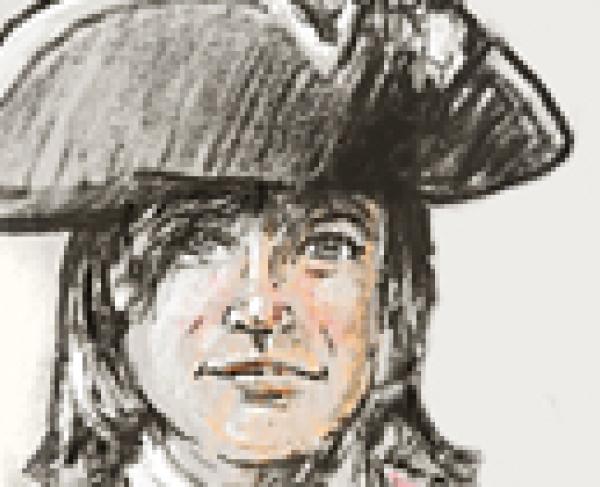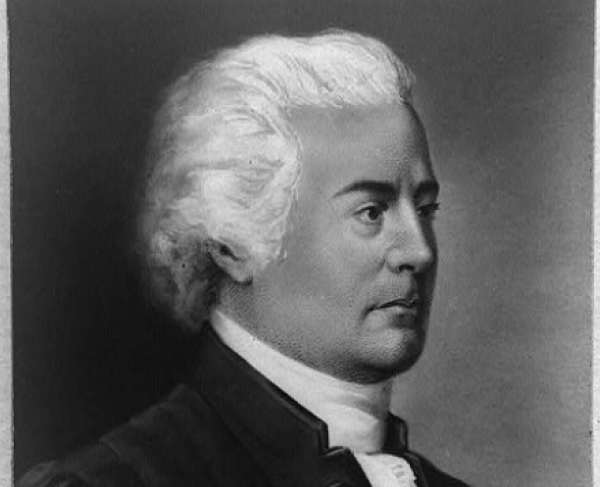Stephen Tainter

Born around 1761, Stephen Tainter was about sixteen years old when he first volunteered during the Revolutionary War. He served as a drummer, performing vital services with communication in camps and during marches. The beat of a drum and the shrill of a fife helped establish a cadence for marching and life in Revolutionary War camps. The sound of a drum also carried in battle, helping to communicate officers’ orders to the soldiers.
Tainter first joined a Massachusetts militia unit in 1776. Over the next years, he routinely re-enlisted each time his militia service time ended.
Tainter endured the winter of 1776-1777 with his militia unit in the Continental Army’s camp at Morristown, New Jersey. The following summer, he marched with the militia to oppose the British invasion from Canada in the Saratoga Campaign, but arrived too late to see action at Bennington or Saratoga. However, Tainter was with General Horatio Gates' army when British General John Burgoyne surrendered at Saratoga on October 17, 1777.
Tainter joined another Massachusetts militia in June 1778 and became part of the army under General John Sullivan, which besieged Newport, Rhode Island with the help of a French fleet. Here, he witnessed the first Franco-American operation of the Revolutionary War—but it went poorly. The fleet had to withdraw, and the Americans were forced to fight a rearguard action against a British counterattack.
In May 1779, he was at Tiverton, Rhode Island and likely part of the garrison at Fort Barton, guarding the passage between British-occupied Aquidneck Island and the mainland. Even after the formal end of the war, Stephen continued to serve. From October 1783 to March 1784, he was part of a militia unit stationed in Guilford, Vermont.
After the war, Tainter had a 30-year career as a physician. He married twice and had five children. Like many veterans, Stephen applied for and was granted a pension for his service in the Revolutionary War. In the 1830s, he moved to Prairie du Chien in the Wisconsin Territory and stayed in Wisconsin until his death in 1847.

